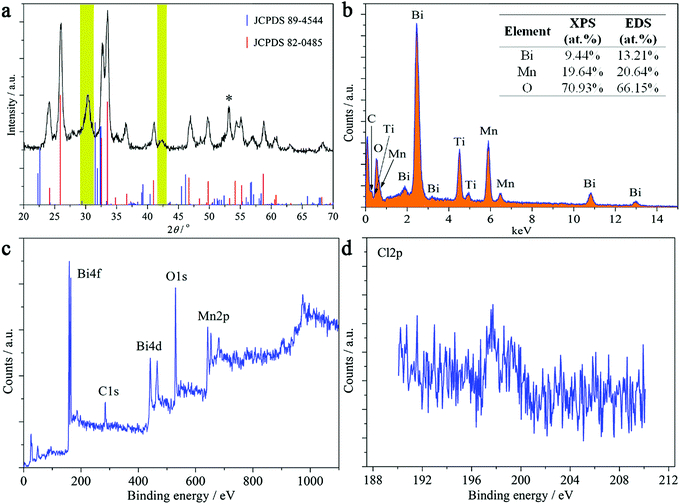 Open Access Article
Open Access ArticleCreative Commons Attribution 3.0 Unported Licence
Retraction: Light-controlled resistive switching memory of multiferroic BiMnO3 nanowire arrays
Chang Ming
Li
abc
aInstitute for Clean Energy & Advanced Materials (ICEAM), Faculty of Materials and Energy, Southwest University, Chongqing 400715, P. R. China. E-mail: ecmli@swu.edu.cn
bChongqing Key Laboratory for Advanced Materials and Technologies of Clean Energies, Chongqing 400715, P. R. China
cInstitute of Materials Science and Devices, Suzhou University of Science and Technology, Suzhou, 215011, P. R. China
First published on 7th April 2017
Abstract
Retraction of ‘Light-controlled resistive switching memory of multiferroic BiMnO3 nanowire arrays’ by Bai Sun and Chang Ming Li, Phys. Chem. Chem. Phys., 2015, 17, 6718–6721.
I, the corresponding author, wholly retract this paper, which was submitted and published without my knowledge or permission.
In this paper, a multiferroic BiMnO3 nanowire array prepared by a hydrothermal method for light-controlled resistive switching memory is reported. The material phase identification was analyzed by the first author, Bai Sun, based on a previous report (ref. 21).1 However, the measured raw data were not exactly in agreement with ref. 21, the raw data displayed three additional small peaks. During analysis these peaks were incorrectly interpreted as the pattern of Ti substrate, and therefore were treated as part of the background and removed. The corresponding author was not made aware of these alterations.
I have recently been made aware that the authors of ref. 21 have corrected their report to attribute their XRD patterns to BiOCl instead of BiMnO3. This cast doubt on our own interpretation and findings. Therefore my research group resynthesized our material according to our reported method and repeated the XRD analysis.
The newly obtained XRD pattern is shown in Fig.1a (black line) and is consistent with the raw data collected in our original study (prior to peak removal). The asterisk labeled peak is attributed to the Ti substrate. The standard XRD patterns of BiMnO3 (JCPDS 89-4544) and BiOCl (JCPDS 82-0485) are also shown in blue and red, respectively. With the exception of the peaks at 30.35, 42.40 and 57.00°, the measured peak positions and intensities in Fig. 1a agree well with those in PDF card 82-0485, and not with those in PDF-89-4544.
We further characterized the composition by using energy dispersive spectroscopy (EDS) and X-ray photoelectron spectroscopy (XPS). In Fig. 1b and c, C, Ti, Bi, Mn and O elements are identified. The Ti element is from the Ti substrate. The XPS spectrum of Cl2p in Fig. 1d shows a minor detected amount of Cl element, which we believe is attributed to the use of the chlorinated raw materials rather than the presence of BiOCl. The single crystalline feature shown in Fig. 2d of this PCCP paper suggests that the sample is not a composite of bismuth oxide and manganese oxide. However the elemental compositions tabulated in the inset of Fig. 1b in this notice are not consistent with non-stoichiometric BiMnO3.
Although the evidence presented from the XPS and EDS analysis suggests that the material is not BiOCl, due to the indeterminate identity of 3 peaks in the XRD pattern we have found that there is insufficient evidence to conclusively state that the reported material is BiMnO3. Therefore, due to the uncertain characterization of the material used to form the reported nanowire array, which severely undermines the validity of the reported conclusions, I am retracting the article.
Signed: Chang Ming Li, 7th March 2017.
≪Bai Sun, co-author to the original paper, could not be contacted.≫
Retraction endorsed by Anna Simpson, Executive Editor for PCCP.
Acknowledgements
The authors would like to thank Jiale Xie, Yubin Niu and Wenxi Zhao for their assistance in the synthesis, data collection and analysis reported in this notice.References
- B. Mazumder, I. Uddin, S. Khan, V. Ravi, K. Selvraj, P. Poddar and A. Ahmad, J. Mater. Chem., 2007, 17, 3910–3914 RSC.
| This journal is © the Owner Societies 2017 |

